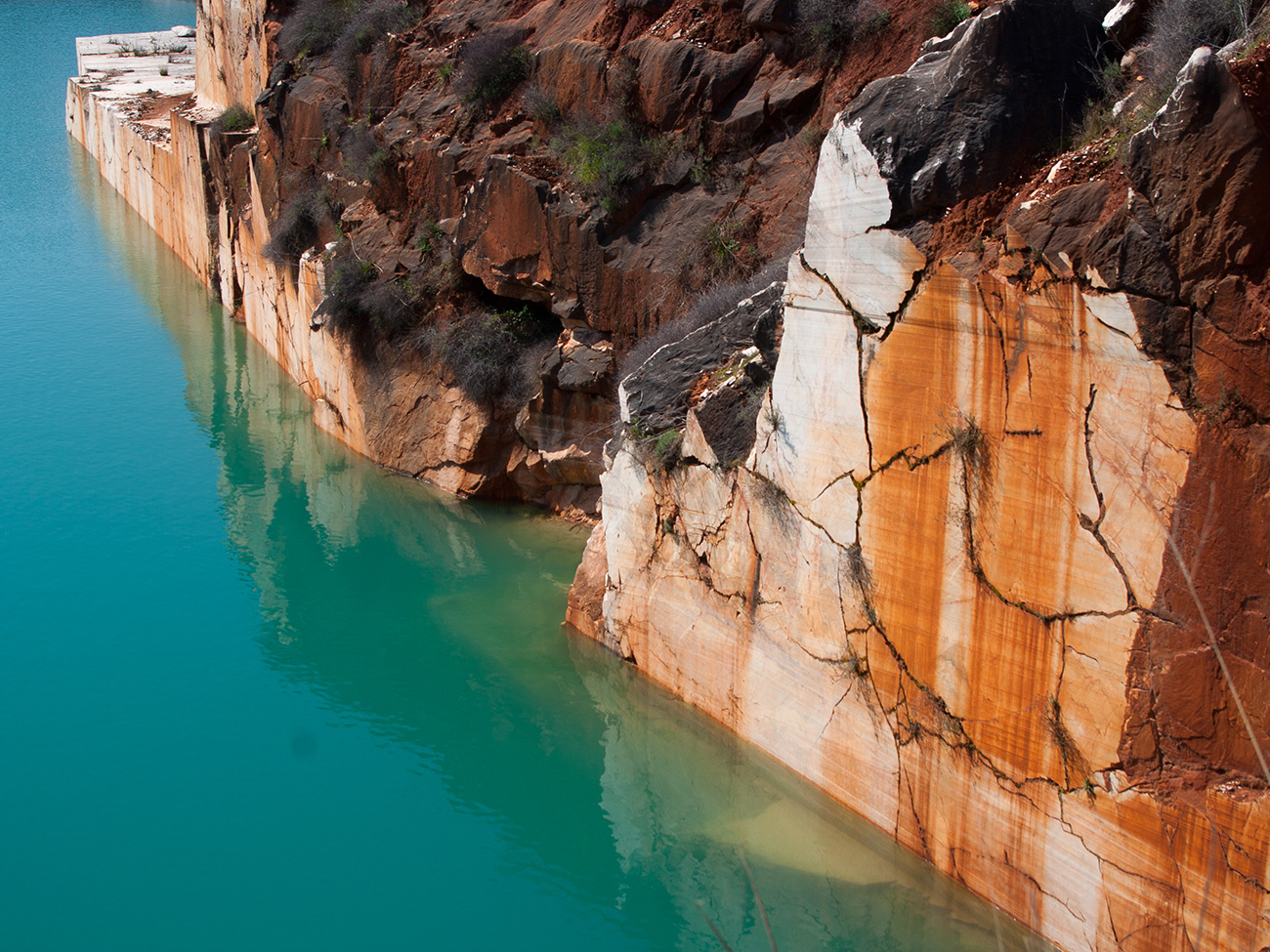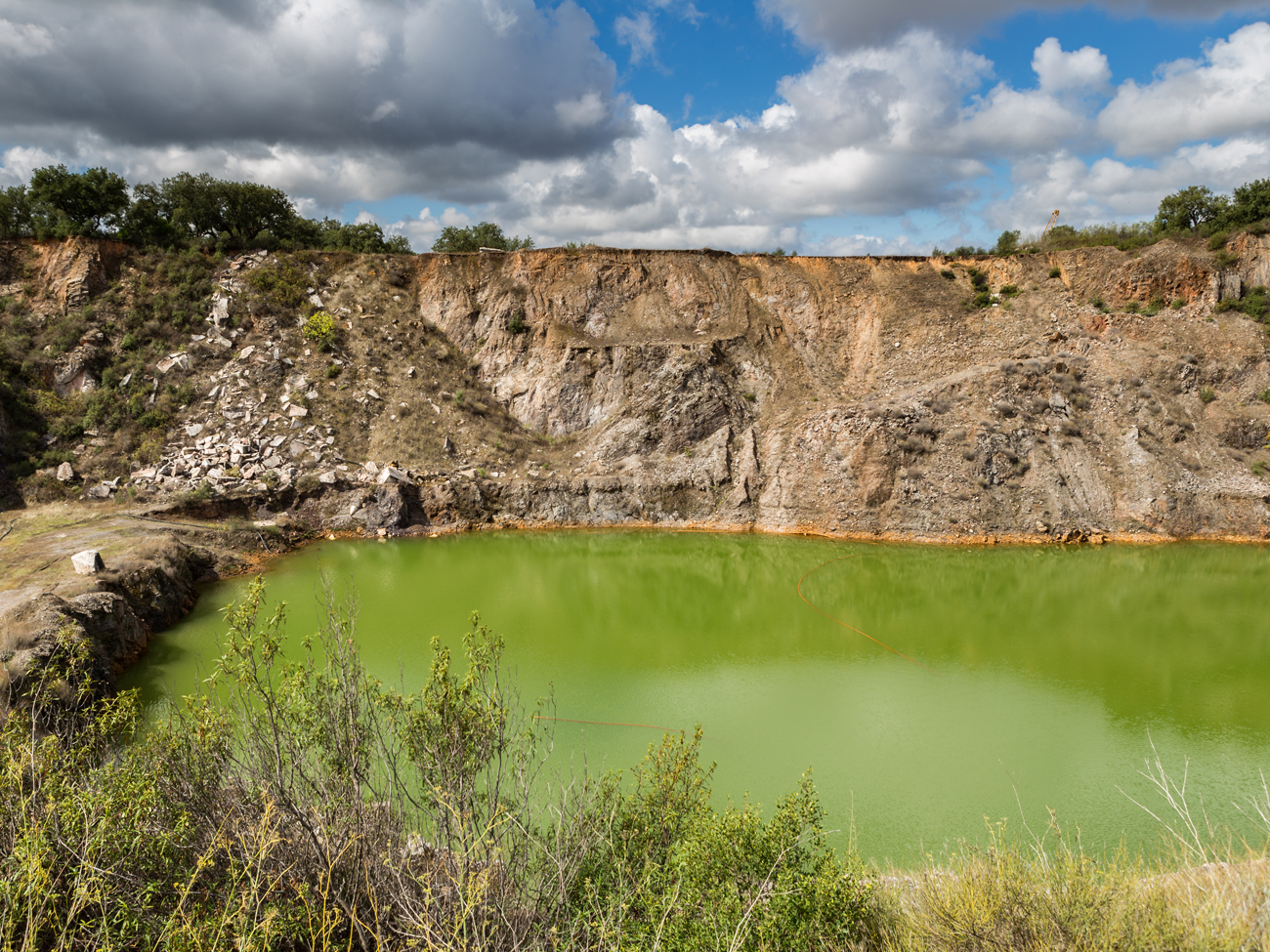Can an Inactive Stone Quarry be Environmentally Beneficial?
Impact as an environmental catalyst
10.09.2016
Standing as enormous open excavations, stone quarries are undoubtedly impressive sites that fascinate us with their monumental characteristics. Their size leaves an imprint on the landscape, and consequently, on the environment. These spaces have raised many questions, especially when they are no longer productive. It is in this sense that their existence needs to be balanced according to various different factors, including ecological impact and local or regional socio-cultural and economic realities. This necessity has culminated in studies executed by certain countries about the impact of inactive stone quarries.
Portugal is not an exception and many studies have been produced exploring the minimization of problems and the possibility of beneficial effects on the environment. The environmental rehabilitation of these spaces is possible through the existence of specific plans created for this purpose.
Examples of this rehabilitation were observed in a recent evaluation (David Germano, Évora University, 2013) about the ecological recovery in different inactive quarries distributed throughout the Municipalities of Estremoz, Borma and Vila Viçosa, a region of extensive marble extraction:
“This study focused attention on the birds, flora and vegetation, selected as indicators of resilience in inactive quarries. It reveals that the inactive quarries and surrounding nature form a landscape mosaic that benefits and promotes the diversity of birdlife as well as the development of new biotopes (distinct areas within a habitat), thus contributing to a greater variety of plant communities, which may range from the characteristic vegetation of rocky habitats to communities dependent on aquatic or hygrophilous habitats provided by several of these quarries. The high landscape diversity may be enhanced by the development of projects that implement rehabilitation, management and monitoring measures.”1

© Nelson Cristo
The extraction of stone through mining is a human activity that is necessary in the context of our social evolution. The geological recovery of these spaces is understandably not possible to achieve on a human time-scale, yet this new landscape may represent an array of opportunities in terms of biodiversity and wildlife that may have positive repercussions over a short amount of time.
1 In Callipole – Revista de Cultura n.21 – 2013